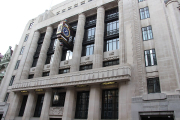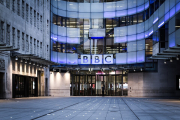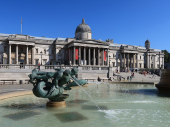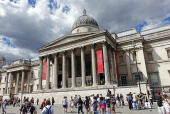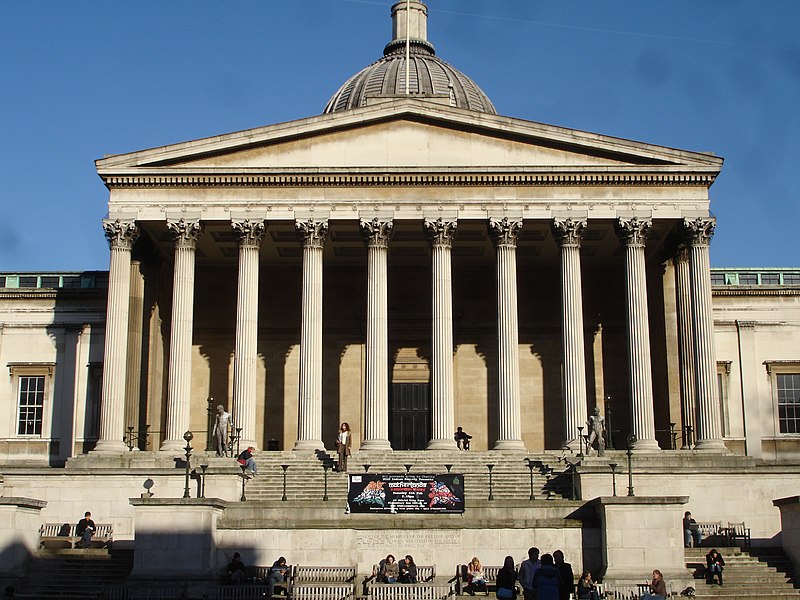
University College London (UCL) staff have expressed strong objections to the institution’s plans to repurpose its historic Art Museum, voicing concerns that the proposal disregards the
museum's significance in both education and public access.
David Bindman, UCL’s emeritus professor of art history, highlighted the contentious changes proposed for the South Cloisters—part of the 1820s building by architect William Wilkins—where the museum is currently located. Under UCL's redevelopment plan, the museum space is set to be converted into a multi-purpose area, sparking worries that the art collection will be displaced without a designated new home.
“It’s an alarming step,” Bindman told the Observer. “The UCL Art Museum, integral to both education and public engagement, is being dismantled to create an open, flexible space for events. This space is then rentable for external use, which would fundamentally alter its original purpose.”
Planning documents submitted to Camden Council detail UCL’s intention to remodel and refurbish the museum area to support various student-focused activities, including welcome week, fairs, and exhibitions. However, Bindman warns that such a transformation undermines the security and specialized environment essential for housing the museum’s approximately 10,000 artworks. The collection includes significant works by artists associated with the UCL Slade School of Fine Art, such as Stanley Spencer and Augustus John, along with rare works by female artists like Dora Carrington and Paula Rego.
UCL’s restructuring has prompted a wave of criticism, with staff voicing “deep concern” in a letter to the administration. They argue that the university risks tarnishing its global reputation by “decanting” the museum in November, given the collection’s substantial academic and cultural value.
The South Cloisters, home to Henri Triqueti’s remarkable Marmor Homericum mosaic, is another focal point of concern. Bindman criticized UCL’s decision to modify the cloisters, which may involve removing Triqueti’s mosaic to install a lift, describing it as “an act of gross philistinism.”
The future of other important art assets, such as the plaster models by neoclassical artist John Flaxman, also remains unclear, with expectations that they will be removed from their current ground-floor display. This collection, gifted by Flaxman’s family in the 1850s, has been a cherished part of UCL’s heritage.
In response, a UCL spokesperson stated that the redevelopment aims to create a sustainable, accessible, and inclusive central London campus. “These improvements will enhance the functionality of UCL’s estate as we approach our Bicentenary in 2026. While the Art Museum will be temporarily closed, its collections are carefully stored and remain accessible for research and teaching.” They also assured that UCL is exploring new gallery spaces to make the collections more available to students and the public in the long term.
This debate underscores the tension between heritage preservation and modern development as UCL prepares for its 200th anniversary. Photo by LordHarris at English Wikipedia.























